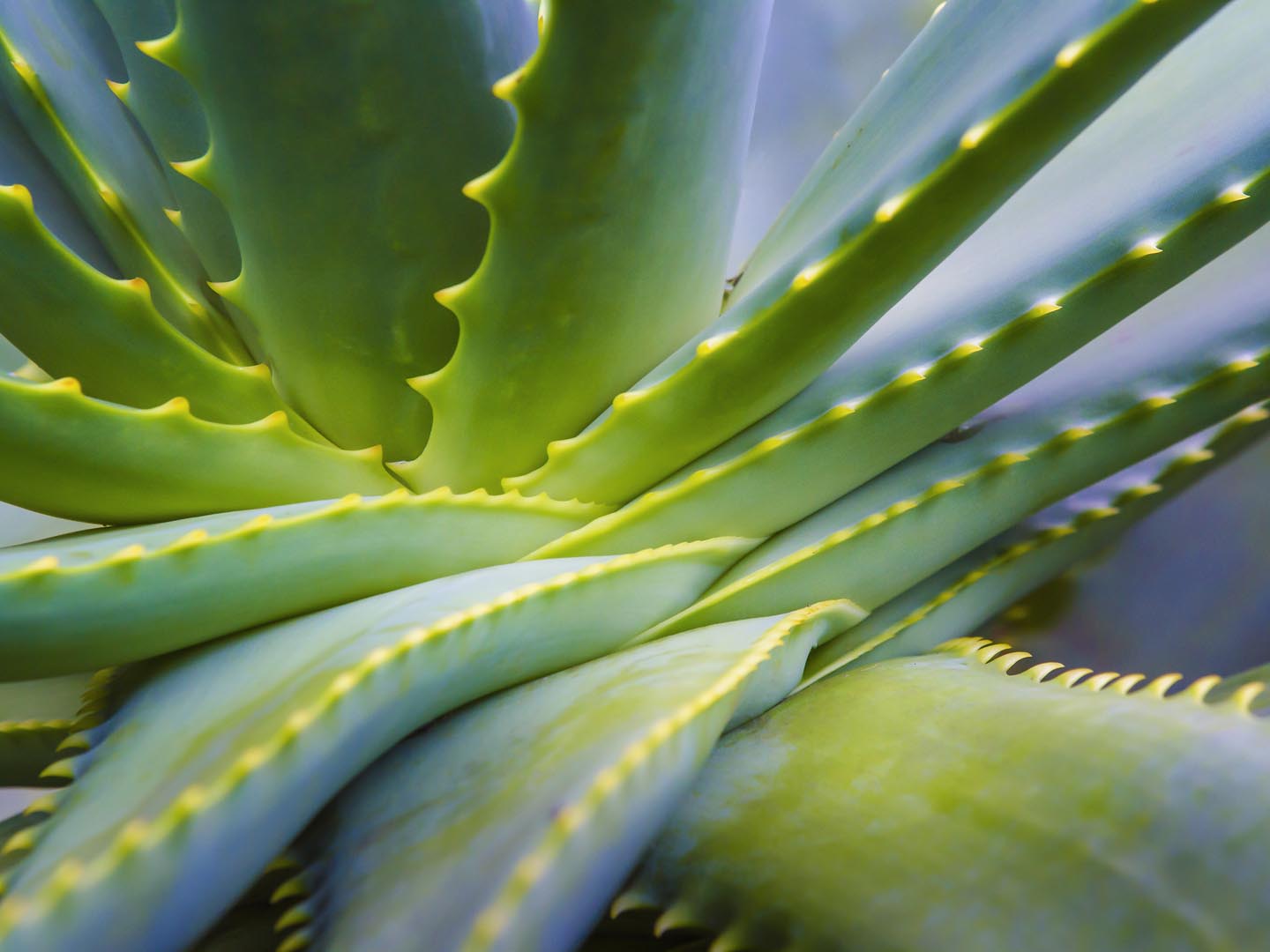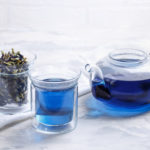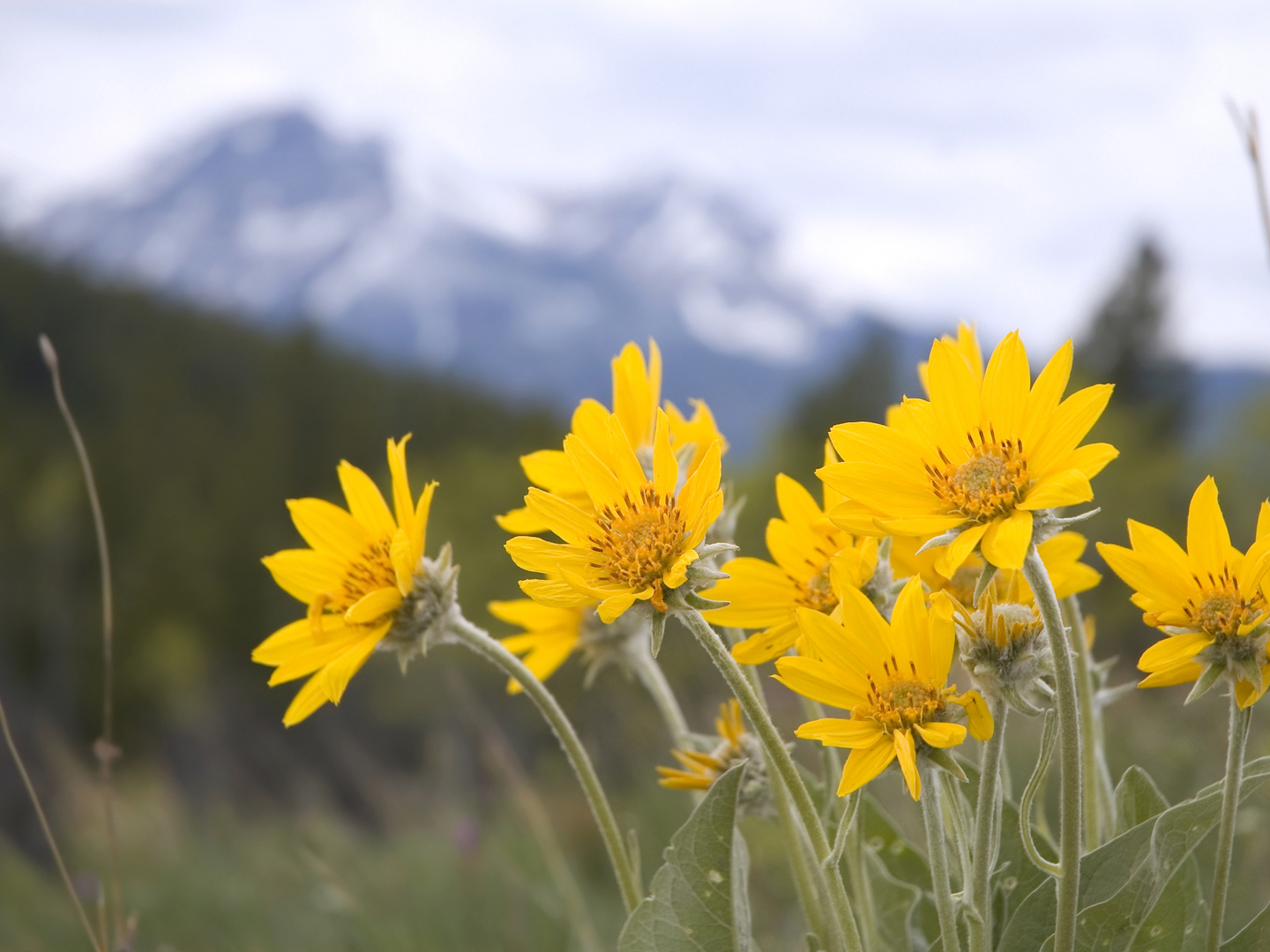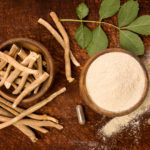Horse Chestnut
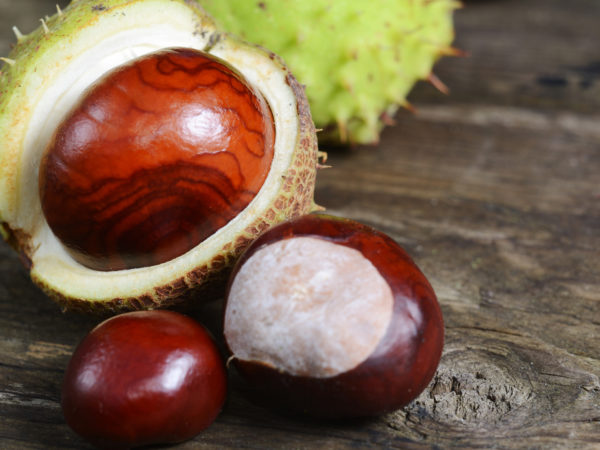
Horse Chestnut (Aesculus hippocastanum)
Horse chestnut, also known as buckeye and Spanish chestnut, the seeds, leaves, bark and flowers of horse chestnut trees have long been used medicinally. The trees are native to Eastern Europe but can be found throughout the Northern Hemisphere. Though it is sometimes referred to as buckeye, it is not the same species as that of buckeye trees that grow in Ohio and California.
Used for:
Horse chestnut seed extract has been extensively studied for chronic venous insufficiency (CVI), a circulation problem in which the veins do not efficiently return blood from the legs to the heart. This condition is associated with varicose veins, pain, ankle swelling, itching, and nighttime leg cramping. A review of all the clinical trials concluded that the evidence suggests that horse chestnut seed extract is an efficacious and safe short-term treatment for CVI. One study actually found it as effective as compression stockings.
Horse chestnut seed extract is also used to treat hemorrhoids. One small study showed that horse chestnut extract providing 120 mg of horse chestnut seed extract per day significantly improved symptoms of pain, itching, burning, and swelling.
Available in:
Extracts standardized to contain 16 to 20 percent aescin.
Herb / drug interactions:
Horse chestnut extract might slow blood clotting, increasing the risk of bruising and bleeding in people taking aspirin, ibuprofen, coumadin or other drugs that slow clotting.
Horse chestnut may slow the process by which the body eliminates lithium, a drug used to treat the manic side of bipolar disorder. This effect could lead to serious side effects.
Horse chestnut may lower blood sugar, which could amplify the effects of drugs that lower blood sugar in people with diabetes.
Other safety concerns:
Raw or unprocessed horse chestnut seeds, leaves, bark, or flowers contain aesculin, a compound that is poisonous if consumed in teas or remedies made with raw or unprocessed seeds, leaves, bark or flowers. Symptoms include nausea, vomiting, diarrhea, salivation, headache, break down of red blood cells, convulsions, and circulatory and respiratory failure possibly leading to death. (Properly processed horse chestnut seed extract contains little or no aesculin and is considered safe for short-term use.)
Because horse chestnut can lower blood sugar, use it with caution if you have diabetes and are taking drugs to lower blood sugar (watch for signs of low blood sugar and monitor your blood sugar carefully). The safety of using horse chestnut for women who are pregnant or breastfeeding hasn’t been established.
Horse chestnut has been widely used in Germany for decades, and in all that time, there have been no reports of serious harmful effects from properly prepared products.
When buying:
Look for products standardized to 16 to 20 percent aescin content and follow package directions.
Dosage:
The recommended dosage for treatment of varicose veins or CVI is 100-150 mg aescin per day; look for horse chestnut seed extracts that will provide this in two to three doses.
Child dosage:
The safety of horse chestnut in children has not been established.
Dr. Weil says:
I generally recommend horse chestnut seed extract (HCSE) for treatment of varicose veins. This remedy is believed to work similarly to grape seed extract in reducing pain and swelling in the legs, but has been more extensively studied. The major active ingredient in HCSE is believed to be the compound aescin, which helps support normal vessel-wall functioning. Horse chestnut is a promising alternative, and clinical studies have demonstrated that supplementing with horse chestnut seed extract may help relieve the pain and swelling of varicosities. The seeds’ active compounds appear to inhibit enzymes that can damage capillary walls, and this also helps strengthen veins.
Reviewed by Tieraona Low Dog, M.D., April 24th, 2014.
SOURCES:
nccam.nih.gov/health/horsechestnut
med.nyu.edu/content?ChunkIID=21758
naturaldatabaseconsumer.therapeuticresearch.com/nd/Search.aspx?rn=3&cs=NONMP&s=NDC&pt=100&id=1055&fs=NDC&searchid=45802997
Pirard J, Gillet P, Guffens JM, Defrance P. Double blind study of Reparil in proctology. Rev Med Liege 1976;31:343-345. [Article in French]Pittler MH, Ernst E. Horse chestnut seed extract for chronic venous insufficiency. Cochrane Database Syst Rev. 2012 Nov 14;11:CD003230.
Horse chestnut. Natural Medicines Comprehensive Database, naturaldatabaseconsumer.therapeuticresearch.com, accessed March 27, 2014
Horse chestnut. Principle Proposed Usages, NYU Langone Medical Center http://www.med.nyu.edu/content?ChunkIID=21758, accessed March 27, 2014






